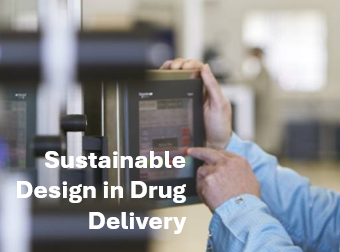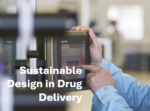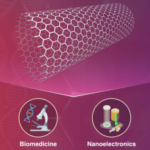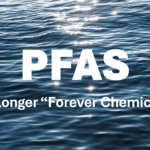The healthcare sector in the US accounts for 8.5% of greenhouse gas emissions[i], compared to the global healthcare footprint of almost 5%[ii]. The Health Sector Climate Pledge, committing to reduce greenhouse gas emissions by 50% by 2030[iii], is an important step in the right direction but will require concerted effort from all stakeholders across the industry.
Pharmaceutical companies among the signatories of the pledge will need the support of their partners and suppliers to achieve sustainability goals. The challenge with drug delivery devices though, is managing competing priorities. Reducing the overall carbon footprint of a device cannot be at the expense of patient and practitioner safety or treatment efficacy. Moreover, sustainability strategies must account for commercial and budgetary pressures.
So how can we address the issue as an industry?
Device materials
The plastic issue remains contentious for now; though our industry would like to move away from petroleum-derived plastics for drug delivery devices, alternatives such as recycled materials and bio-based plastics[iv] are not yet considered fail-safe for use syringes and invasive drug delivery products.
However, the majority of plastic waste in healthcare can be found in commodity plastics, such as tubing, films, packaging, labware, IV bags, catheters and face masks[v]. Replacing plastic in such products – without the loss of utility, sterility or safety – should be the starting point, before moving on to higher-risk devices where the need to manage drug stability, prevent contamination and control infection makes material changes more complex.
With demand for auto-injectors rising due to chronic disease and ageing populations, healthcare authorities must continue to use on-market delivery devices and pre-filled syringes as a necessity. This inevitably entails plastic, single-use drug delivery devices – for now. However, companies can continually and holistically assess device impact – looking at manufacturing processes as well as material use, for instance – and set achievable milestones for sustainability in the longer term.
Device design
At the conception stage, manufacturers are already looking at material selection, design and engineering, manufacturing, packaging, transportation and end-of-life disposal of products. Reviewing these factors as early as possible creates more sustainable solutions.
Sustainable design covers many areas. Ease of disassembly makes it easier and cheaper to recycle devices. Compact, simplified devices with minimal packaging reduce waste and optimise transport capacity. Streamlining production lines in terms of raw material use and production methods enables further cost and waste savings, as well as improving flexibility. Removing metal components can drastically reduce the impact of processing and shipping devices compared to the use of alternative polymers.
Optimal design can also reduce risk in the commercialisation of combination products to be used for a range of drug viscosities or fill volumes. This flexibility supports green objectives, by limiting the need for additional verification testing, human factors studies or regulatory documentation, and simplifying manufacturing.
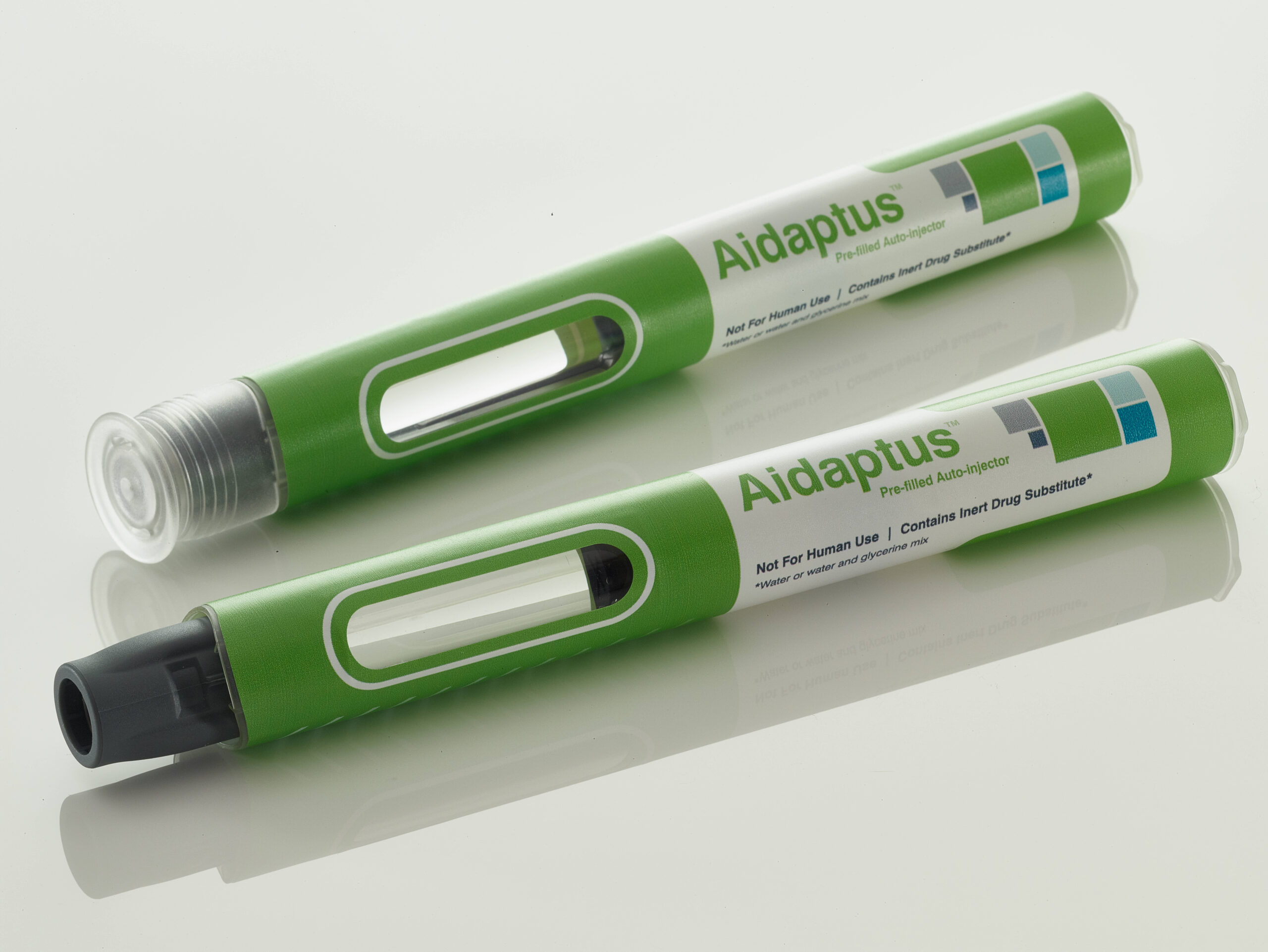
Device disposal
To meet regulatory, safety and hygiene standards, drug delivery devices would ideally have a disposable element. With auto-injectors, current solutions include designs with a disposable element within a reliably reuseable ‘shell’. Some drug delivery devices use connected features. These digital elements or connectivity to a drug delivery product, however, bring a new set of sustainability concerns, around electronic waste. Yet, reusable electronics can be housed in the lid and the device can be disassembled for separate disposal and recycling of parts.
It is important that products undergo a life cycle-based analysis to understand the environmental impact of device materials, manufacturing, and transportation. By regularly refining the parameters of this analysis, businesses can improve sustainability performance over time, using the initial assessment as a starting point.
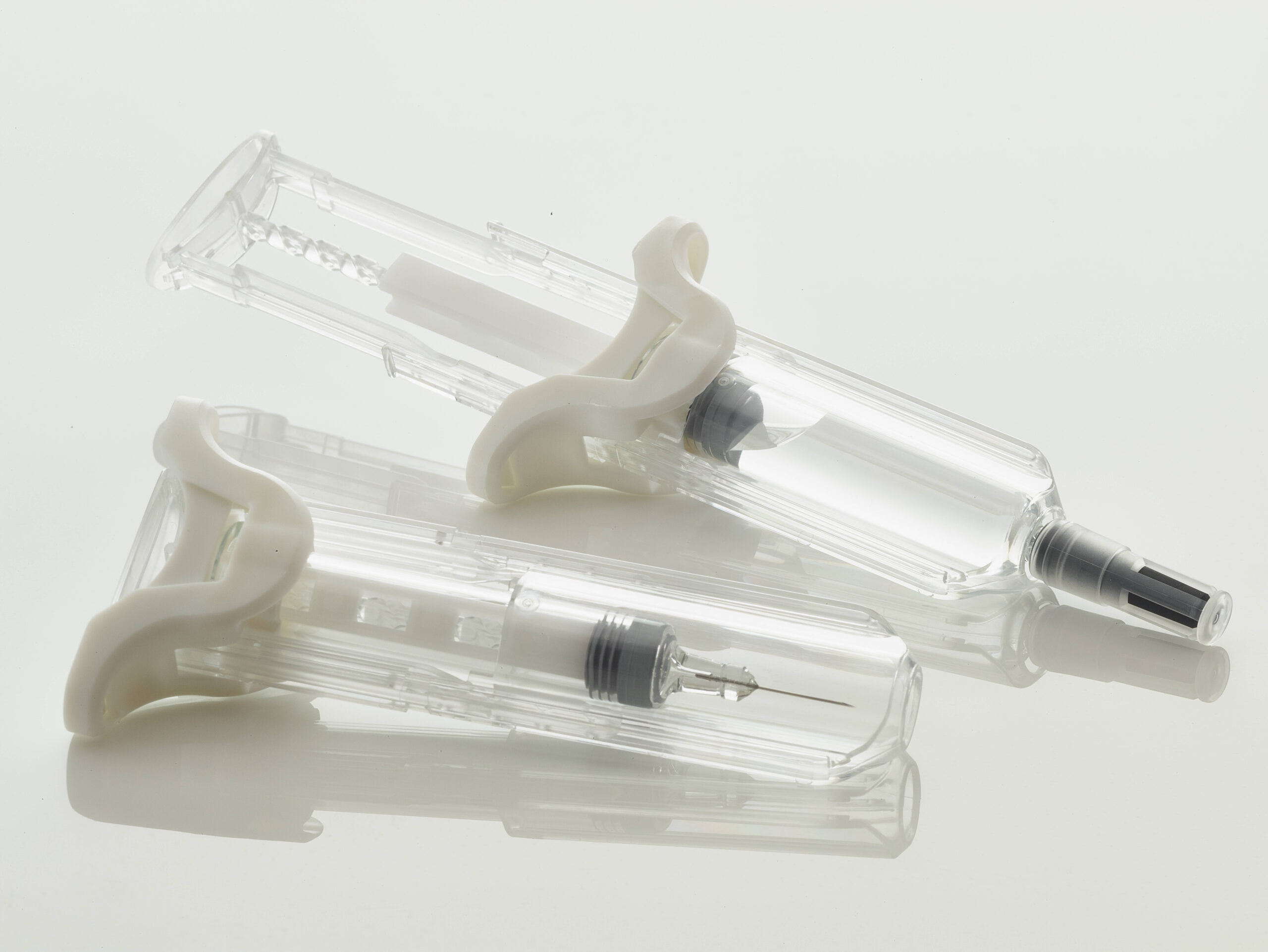
Near term vs. long term
While it’s important to look ahead and envision ideal sustainability solutions, it is crucial this is not at the expense of patients, healthcare services and businesses in the here and now. Regulators, pharmaceutical companies, device makers and healthcare providers must work in tandem to create an even playing field where sustainability criteria and expectations are clear, and market entry of more sustainable solutions is facilitated. As well as patient demand, regulatory and market forces will determine the pace of change towards greener alternatives.
References
[i] https://www.whitehouse.gov/briefing-room/statements-releases/2022/06/30/fact-sheet-health-sector-leaders-join-biden-administrations-pledge-to-reduce-greenhouse-gas-emissions-50-by-2030/
[ii] https://www.healthpolicypartnership.com/the-nexus-between-climate-change-and-healthcare/
[iii] https://www.whitehouse.gov/briefing-room/statements-releases/2022/06/30/fact-sheet-health-sector-leaders-join-biden-administrations-pledge-to-reduce-greenhouse-gas-emissions-50-by-2030/
[iv] https://www.europeanpharmaceuticalreview.com/news/190992/could-plastic-alternative-support-environmentally-sustainable-drug-delivery/
[v] https://www.sciencedirect.com/science/article/pii/S2542504821000348

